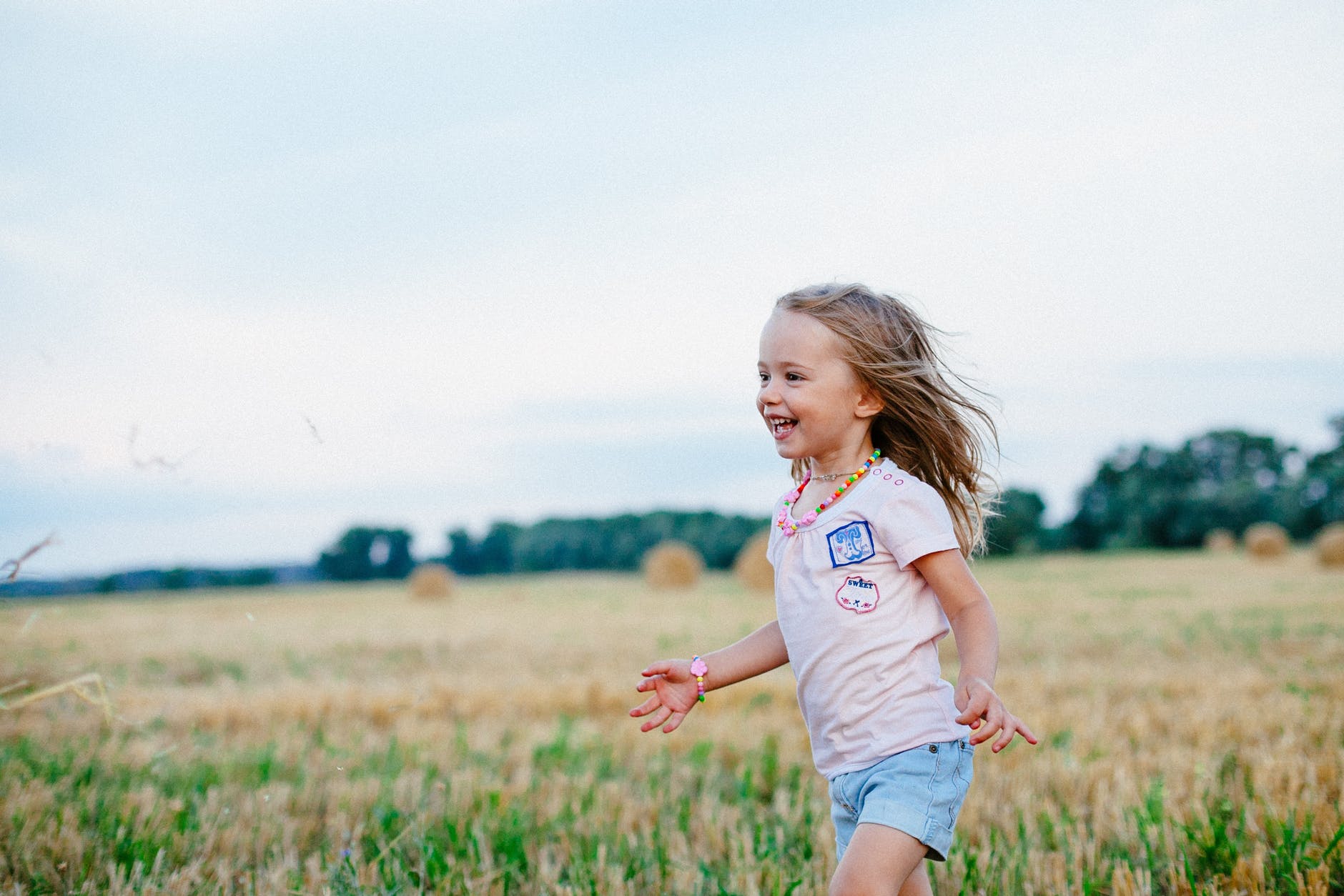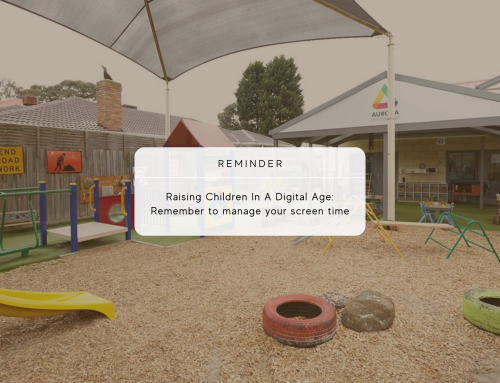When was the last time you thought about why you say thank you? We’re no strangers to the words; we say them when someone opens a door for us or when we get our birthday gifts. We say “thank you” to the last slice of cheesecake and “thank you” to our children as they delightedly hand over their latest craft project. Children observe and role model their behaviour after us and quickly learn that saying “thank you” can win them a smile and approval.
Amongst the flurry of “thank yous”, “pleases” and “no worries”, we sometimes forget to mindfully reflect on the true meaning of “thank you”; a way to convey deep gratitude.
Gratitude has been an integral part of human society for centuries. As early as 63 BC, Marcus Cicero, a Roman statesman and orator said “gratitude is not only the greatest of virtues, but the parent of all others.” It’s an opinion shared by many philosophers, writers and leaders’ many religious texts as well as practices involve expressing gratitude.
We’ve been practising gratitude for centuries, but recently, the practice has been the focus of research studies and observations. Research is finding that there is quantifiable evidence that shows that practising gratitude can positively transform people’s lives. As we understand more about it, we also see how it can have a transformative power in the early childhood context.
The Power of Gratitude
A recent article in The Conversation explored recent studies on gratitude; one found that simply writing thank you notes just three times a week increased participants’ life satisfaction, happiness and decreased depressive symptoms. In a study which analysed personality types, Wood et al found that gratitude was associated with personality traits which connected with feelings of well being. Similarly, Froh et al examined adolescents and found that higher levels of gratitude connected with participants being more satisfied with life. Other research has also suggested that practising gratitude contributes to a stronger immune system, lower blood pressure and lowers the levels of cortisol, the stress hormone.
Gratitude can also enhance our relationships with our community. In ‘How Gratitude Helps Your Friendships Grow’ Pedersen and Liberman write about how research conducted by them has found that gratitude towards others corresponds positively with how much we value them. In their words “When we express gratitude to someone, we are effectively signaling that, by virtue of their actions, we value them more than we did before—and that we might be more likely to provide benefits to them in the future.” Other studies have found that as we become more appreciative of others, we become more responsive to their needs and more focused on maintaining our relationships with them. We spend more time with people we are appreciative of and make conscious actions – whether small or big – to help them. So, as we engage in the practice of gratitude we strengthen our connection to our community.
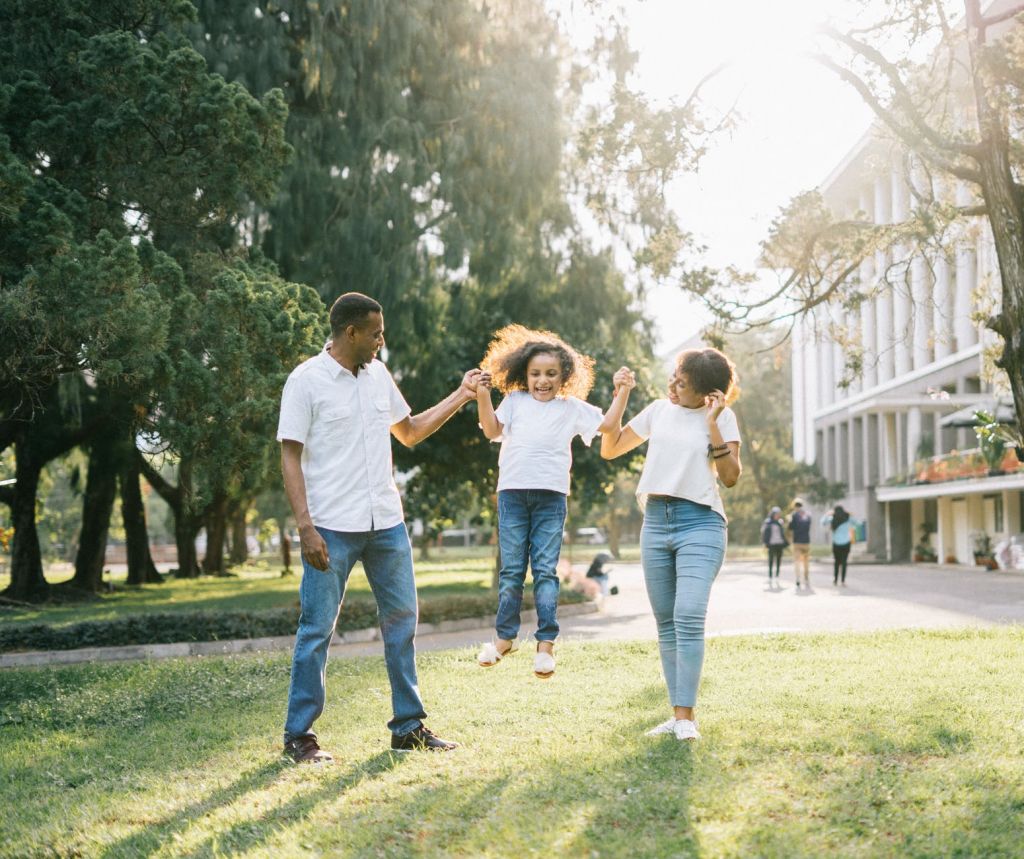
On the flip side, conflicting research has also found that gratitude can cause negative emotions such as obligation, indebtedness and entitlement. A person receiving a gift may feel indebted to the giver or feel entitlement to the gift; which pave the way to resentment, anxiety or selfishness.To address these challenges, it is important to focus on helping others understand the true meaning of gratitude and, as The Conversation suggests, ensure that people are secure enough to give and receive gratitude.
Gratitude in Early Childhood
One way to help our community become more comfortable with gratitude is introducing the concept in childhood, so children can grow up with a deeper understanding of it.
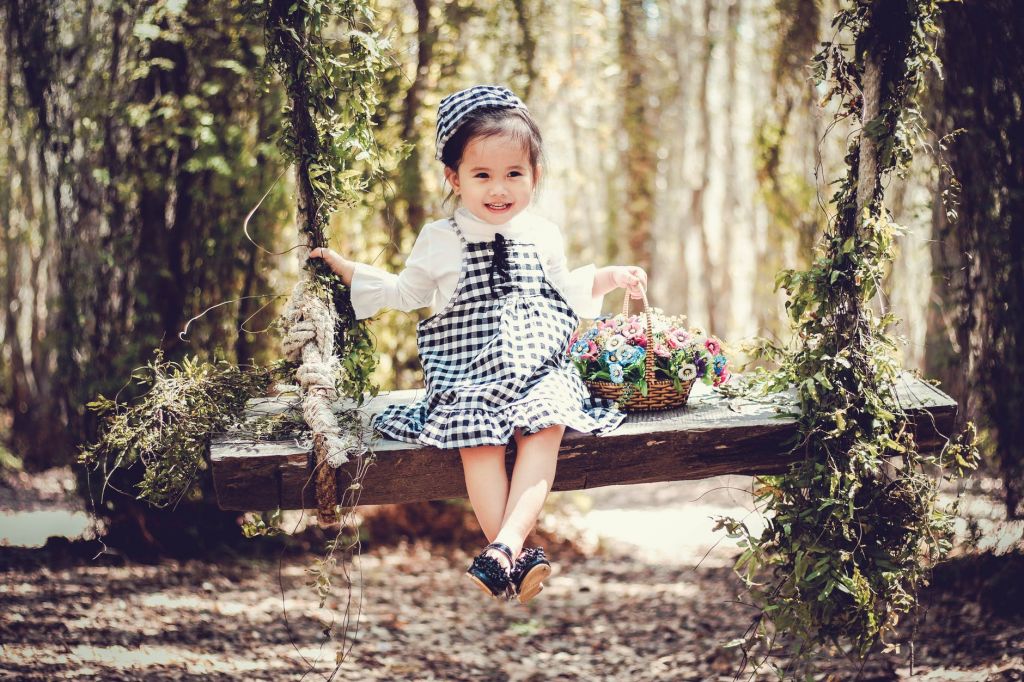
While we already discussed how research links gratitude to better physical and mental health, a recent study from the University of Illinois at Chicago has found that gratitude can help children navigate generational challenges and obstacles. In early childhood, every child goes through a series of developmental milestones, some of which are challenging and can cause temporary stress and pain. However, pedagogists recognise that the current generation of children will have unique problems to grapple with; as they are more exposed to technology, advertising and social media, they have a higher tendency to become materialistic which in turn could adversely impact their happiness and sense of satisfaction.
The study suggested that when children practise gratitude, their levels of materialism tended to decrease and their levels of generosity increased. Talking about the study to Forbes, researcher Lan Nguyen Chaplin said “”Our findings show that it is possible to reduce materialism among young consumers, as well as one of its most common negative consequences (non-generosity) using a simple strategy—fostering gratitude for the things and people in their lives.”
Meaningfully Fostering Gratitude
Once, we answer the question as to why we should teach children gratitude, the next question becomes how do we teach it to them? It’s not as simple as teaching them (or sometimes forcing them ) to say thank you.
Psychologists studying gratitude amongst children between 6-9 found that children as young as 6 understand the difference btween simply saying thank you and true gratitude. Clinical psychologist Andrea Hussong said “Many of the children we talked to had a lovely phrase for telling the difference between the two,” she chuckles. “They’d say: ‘She said thank you, but she didn’t mean it.’ So even at that age they are getting it — but they lack the perspective, the experience of it.”
We need to find a meaningful way to teach children the meaning of gratitude:
1. Role Modelling
Children watch us all the time and model their behaviour after ours; our educators can’t count the number of times they’ve found our children reenacting scenes they’ve experienced at home from Daddy cooking dinner to Mummy talking to a shopkeeper. Be mindful about thanking others for acts of kindness and positive gestures. These don’t just have to be verbal thank yous; allow your child to decorate a thank you note you’ve written or encourage your child to participate in thankful actions, explaining, for example that you’re baking a desert for your neighbour to thank them for looking after your pets when your family was away.
- Talking About Gratitude
Don’t be subtle when modelling gratitude, instead consciously explain to your child that you are doing something because you are grateful. Encourage conversations centered around gratitude and don’t ignore questions like “but why do we need to say thank you?” At the end of each day, ask your children what they have enjoyed through the day and show them that they can feel grateful; even the smallest moments can be cherished!
- Gratitude Oriented Activities
Help your child connect with the concept in a hands-on way by encouraging them to write (or draw) thank you cards or keep a gratitude jar which can be filled with pebbles or trinkets every time something happens they feel grateful for. As they look at the jar, they will visually be able to see the many things they are thankful for.
Another activity that parents can do to deepen their understanding of gratitude is to meditate on it; Smiling Mind has a lovely gratitude meditation exercise to try.
- Responding To Ungratefulness
It’s natural for children to sometimes display ungratefulness. First, help your child recognise that they are being ungrateful and then ask them why they feel ungrateful. In ‘Putting the “You” in “Thank You”’, Hussong says “Our initial findings suggest that negative reinforcement toward a child’s entitlement may actually promote gratitude. Positive reinforcement, on the other hand, could lead to more feelings of privilege down the road.” So, be sure to address ungratefulness and entitlement mindfully and sensitively.
Gratitude in Childcare Centres
As we strive to teach gratitude to the next generation, it’s important that educators as well as parents recognise the power of gratitude. In an article for Reflections Gowrie Australia – https://www.gowrie-tas.com.au/wp-content/uploads/2016/08/Reflections-2017-5.pdf – Dr Kerry Howells reflects on the power of caregivers role modelling gratitude. In an example, she explains how an educator – David – interacted with a family of a child with developmental and behavioural concerns. Rather than focus on these concerns, David chose to focus on being grateful about the positive attitudes that the child displayed. He found that when this was done consistently, the relationship between the family and centre changed; the parents displayed deep gratitude towards their son’s educators and the interactions between the parents and the child also changed. The parents, the child and the educators were able to strengthen their relationship with each other and the little boy was able to benefit from more positive interactions and attention.
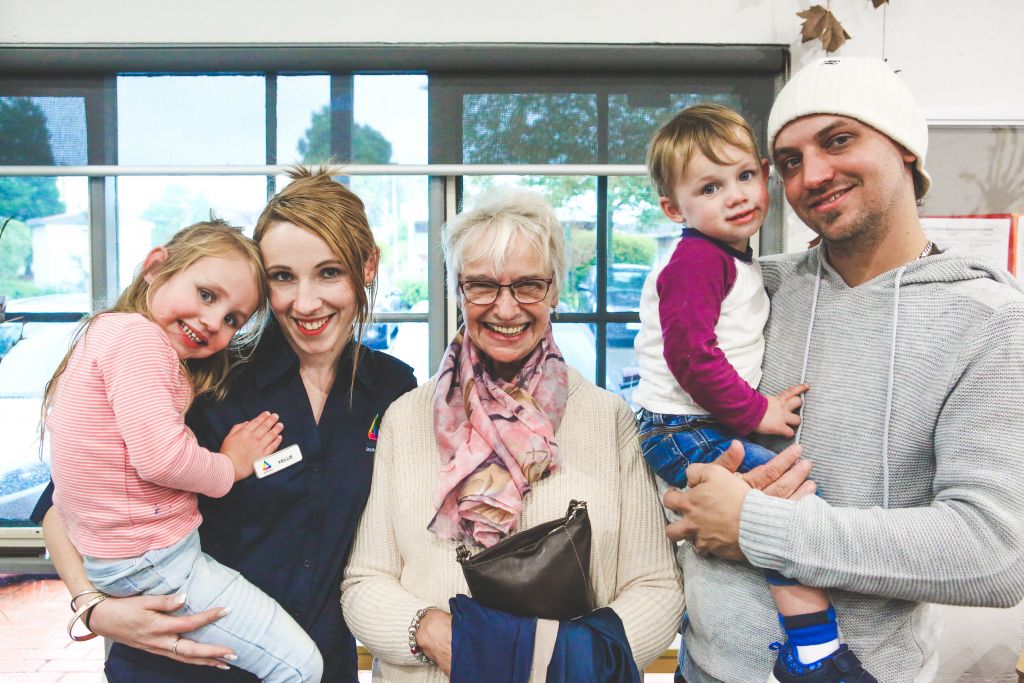
We leave you with a question; what if, as caregivers, we chose to mindfully think about gratitude and incorporate it in our day to day interactions with our children? At Aurora Early Education Centre, we invite our educators to participate in daily gratitude observations led by our studio leader and are constantly reflecting on how to incorporate gratitude more meaningfully into our curriculum. Commenting on Aurora’s attitude towards gratitude, Sheela Edwards CEO says, “Being grateful for everything we are presented with makes us predisposed to receiving beauty and creating more opportunities to express gratitude.”
With this approach, we may lay the foundations for us and our children to live richer, more meaningful lives. What are your thoughts?
Read More:
The Conversation: The Lifesaving Power of Gratitude.
Psychiatry Edgmont: A review of several studies centered around gratitude.
University of North Carolina: Raising Grateful Children: Putting the You in Thank You
Gowrie Australia Reflections: Enhancing Relationships Through Gratitude In The Early Childhood Context.
Have a trip to our centres:


